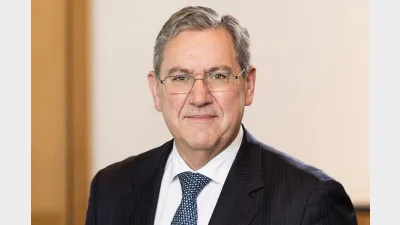(October-2001) Successor Fund Transfers: Success or failure?
A transfer of members without consent, through the so-called successor fund transfer process, represents an extremely important tool for employers and trustees in the context of the restructuring of superannuation arrangements.
By and large the system does work, but there have been, and still are, some grey legal areas that surround the central concept — namely the provision by the receiving fund of equivalent rights in respect of benefits.
Benefits Transferred
One fundamental issue is what benefits need to be considered by the transferring trustee and the receiving trustee.
It seems clear that the legislation requires equivalence in relation to the benefits transferred (see the definition of “successor fund” and the words “in relation to a transfer of benefits”).
This does not mean that future benefits in the transferring fund may never be relevant in any circumstances but it does narrow those circumstances down.
There are also difficult issues relating to what are rights. For example, do fees in the transferring fund constitute a right in respect of benefits? It seems that a right would exist to have fees charged against benefits at the level permitted under the trust deed of the transferring fund.
Defined Benefit Funds
Not surprisingly, one of the biggest areas of difficulty has been the transfer of defined benefit funds to accumulation funds.
This difficulty in part led to guidelines being issued by APRA, which shed some light on the problem. In these guidelines (circular I.C.4), APRA raises the issue that the receiving fund may have to match future or contingent rights to benefits and that this issue would loom largest in the context of defined benefit transfers.
One solution canvassed in the guidelines is the occurrence of an “external event” in the transferring fund, which would crystallise the defined benefits. The result would be that the receiving fund need only match the crystallised benefits (which would not contain a future service component).
Examples of an external event include the winding up of the transferring fund or the employer triggering a cessation of participation in that fund.
An issue that emerges where defined benefits of members are being terminated is whether such defined benefits are a feature of the employees’ employment contract and whether that feature can be varied.
Insurance
A related issue is whether insurance benefits, which are contingent in nature, have to be replicated.
Usually insured benefits are not part of the benefits actually transferred.
This raises the issue of whether they are directly relevant to the successor fund test. The industry has reached an intermediate position where such benefits are taken into account by the transferring trustee as part of its fiduciary duty but without those benefits necessarily having to be replicated.
Best interests of members
This requirement, to only transfer members if it is in the members’ best interests, supplements the successor fund test.
In discharging this duty, difficult issues arise as to whether the trustee must look at each member’s interests, the transferring members’ interests or the interests of all members.
It seems clear that future and contingent rights will be relevant to this test. It is certainly possible, however, that any reduction in such rights may be compensated by other types of rights and benefits in the receiving fund.
Transfer Deed
Finally, the deed of transfer, which embodies the actual successor fund agreement required by the SIS legislation, is often a bone of contention. One contentious area is the indemnity provision, which typically requires the receiving trustee to indemnify the transferring trustee in relation to claims associated with the transfer or on some wider basis.
It seems clear that the transferring trustee should have some recourse to the transferred assets in the event a claim is made. From the receiving trustee’s perspective, however, clearly the indemnity should be restricted and should not enable general assets of the fund, which are not attributable to the transfer, to be accessed.
— Michael Vrisakis is a partner at Blake, Dawson, Waldron.
Recommended for you
The corporate watchdog is preparing to publish a progress report on private credit this September, following a comprehensive review of the rapidly expanding market.
The fund has appointed Fotine Kotsilas as its new chief risk officer, continuing a series of executive changes aimed at driving growth, but NGS Super’s CEO has assured the fund won’t pursue growth for growth’s sake.
AMP Super has taken a strategic stake in Atmos Renewables, funding major battery and wind farm projects to boost Australia’s clean energy transition.
The major superannuation fund is facing legal action from ASIC after allegedly failing to inform the regulator about investigations into serious member service issues.











